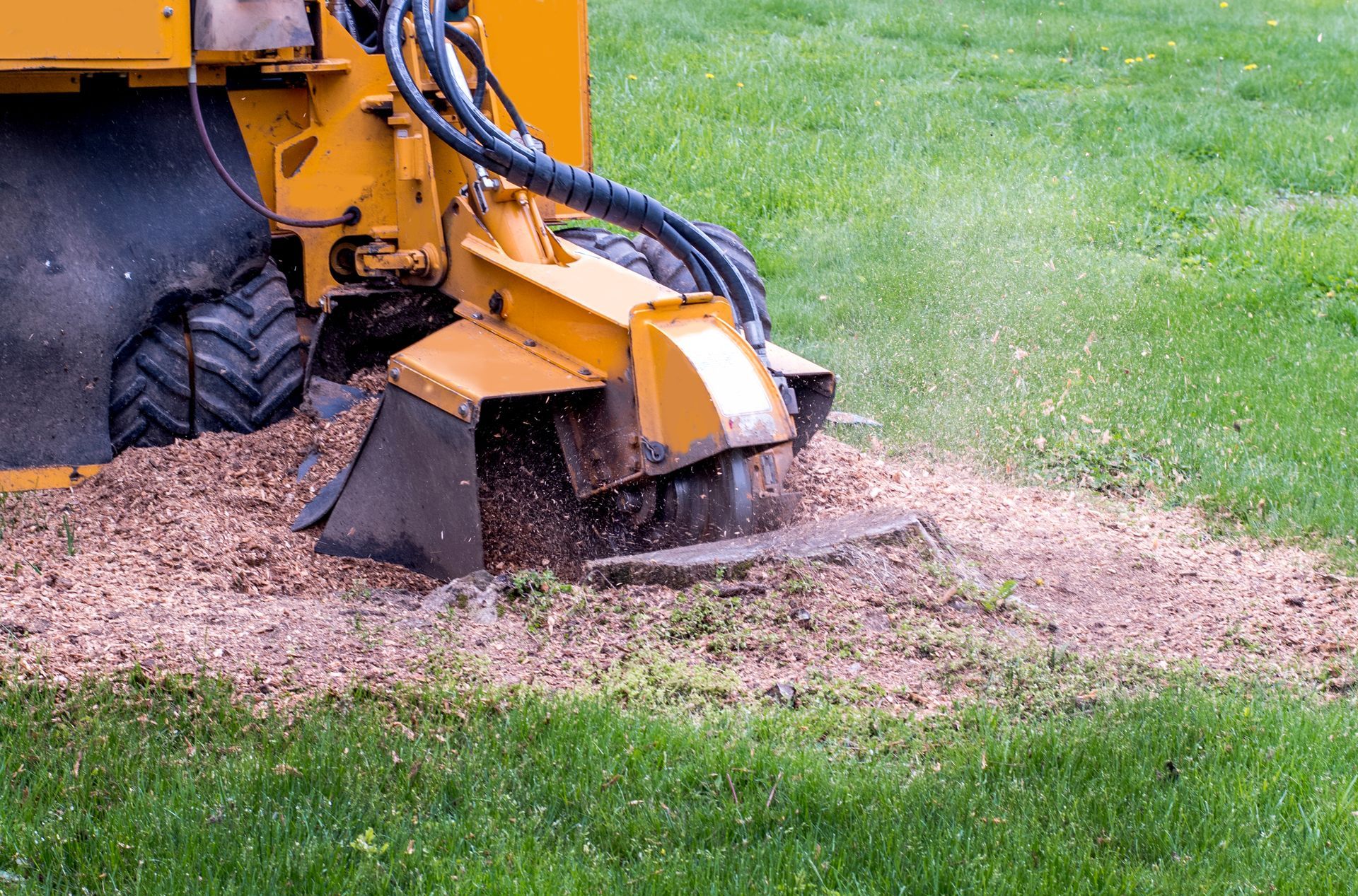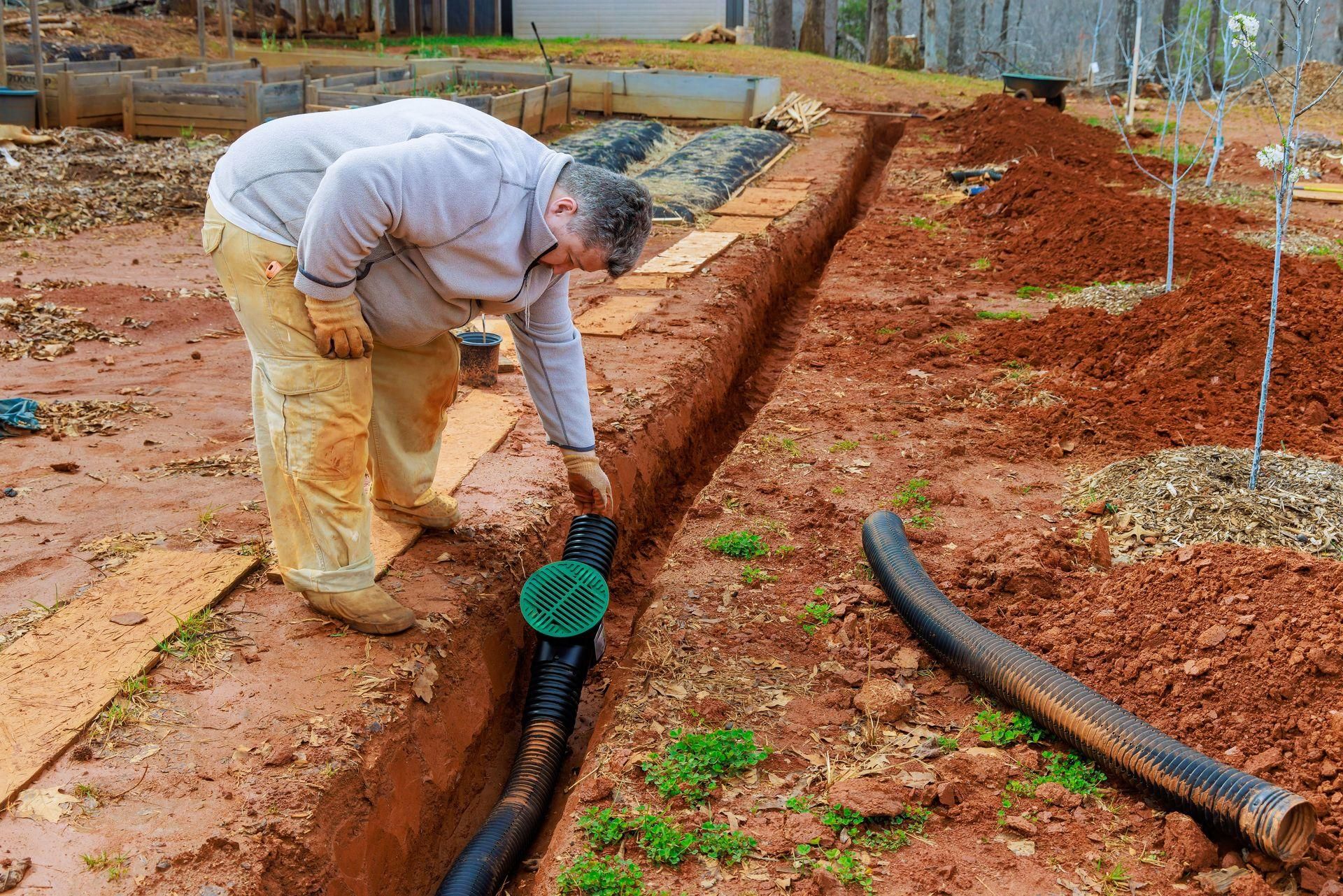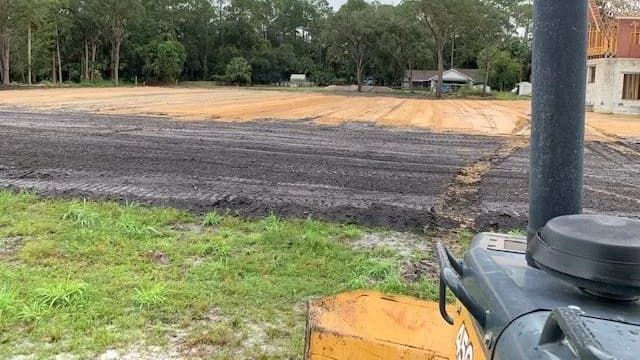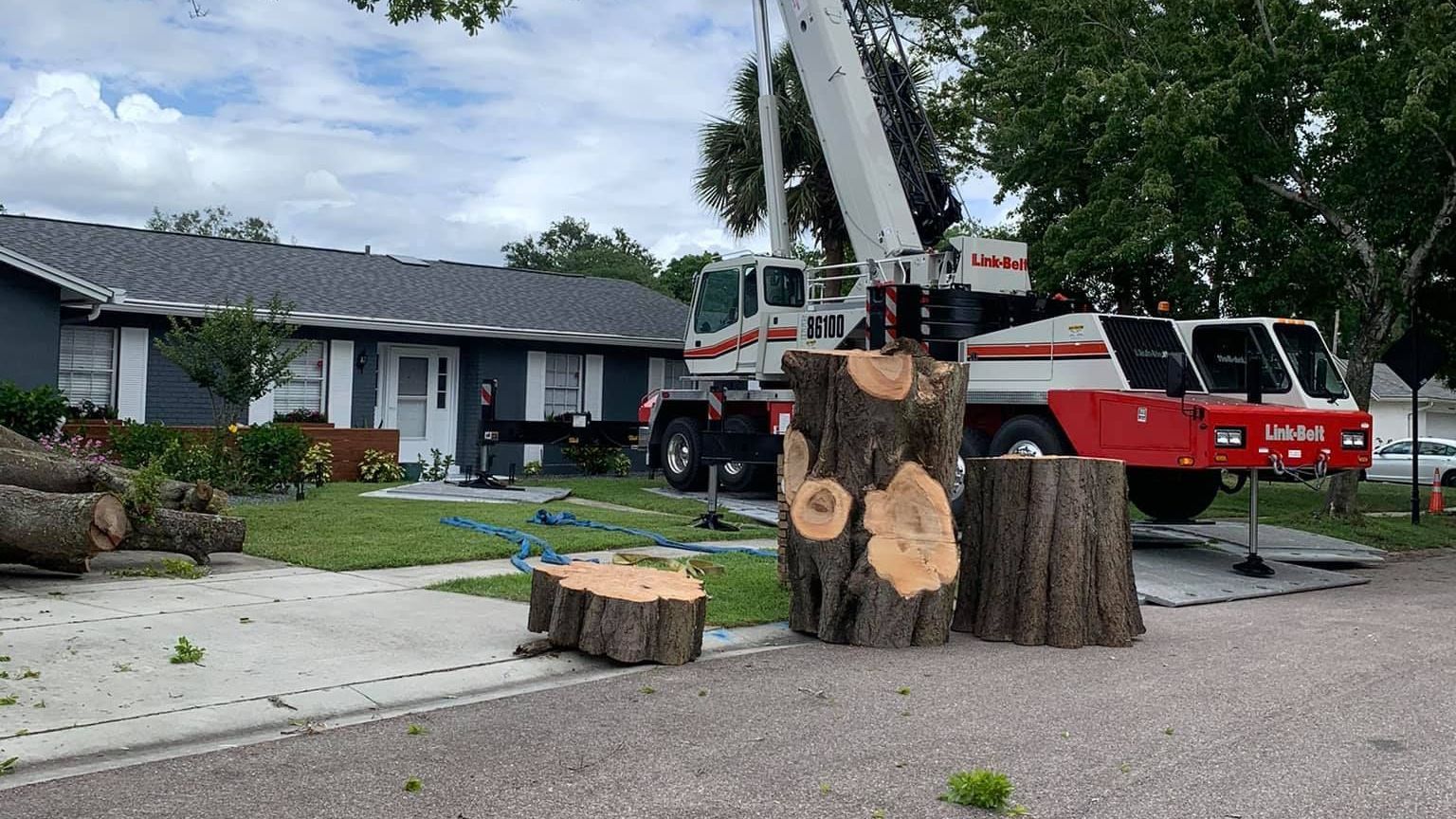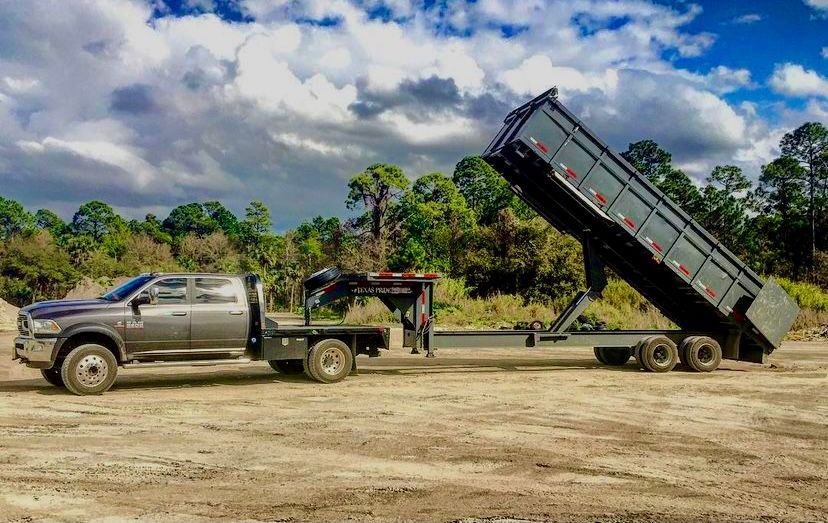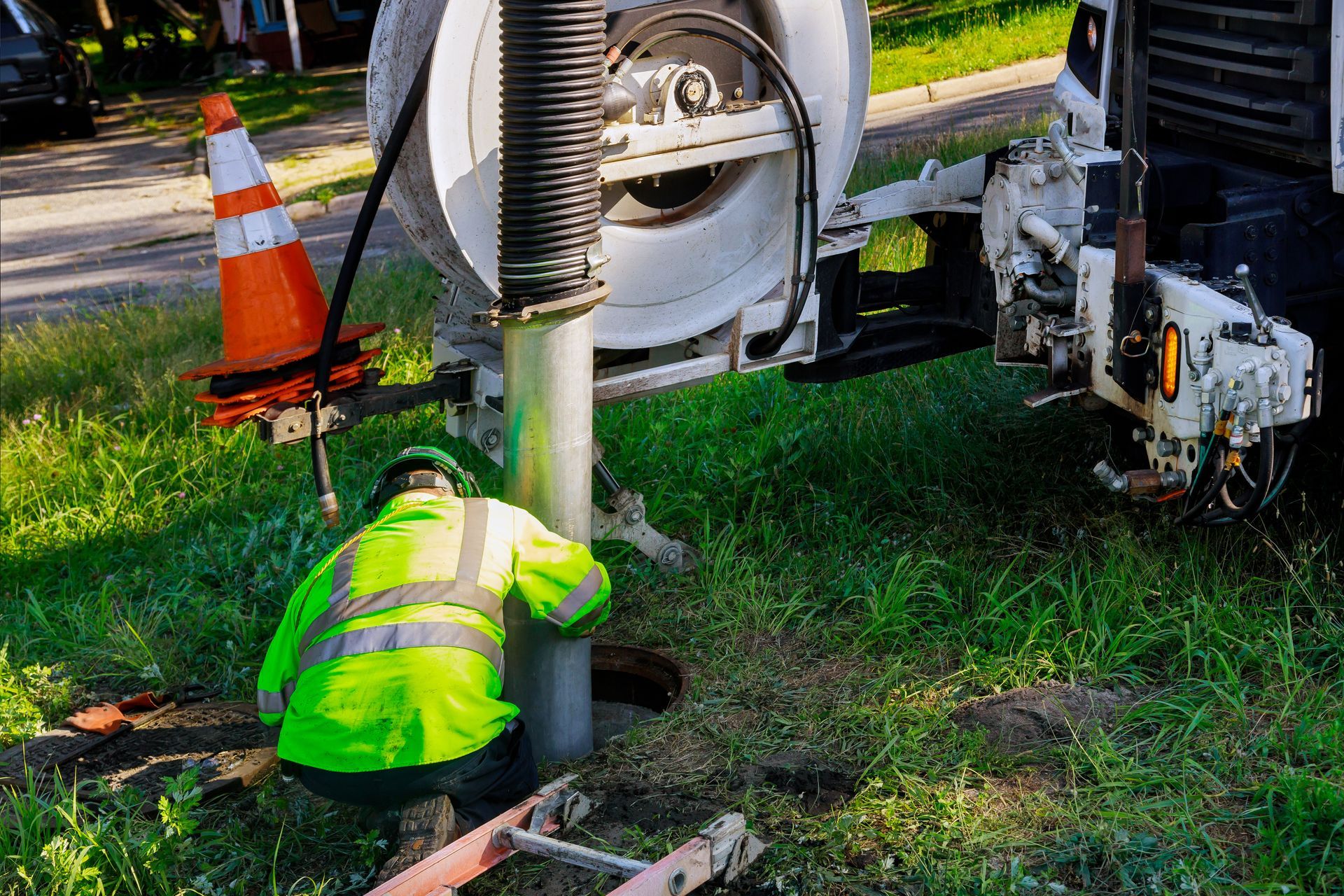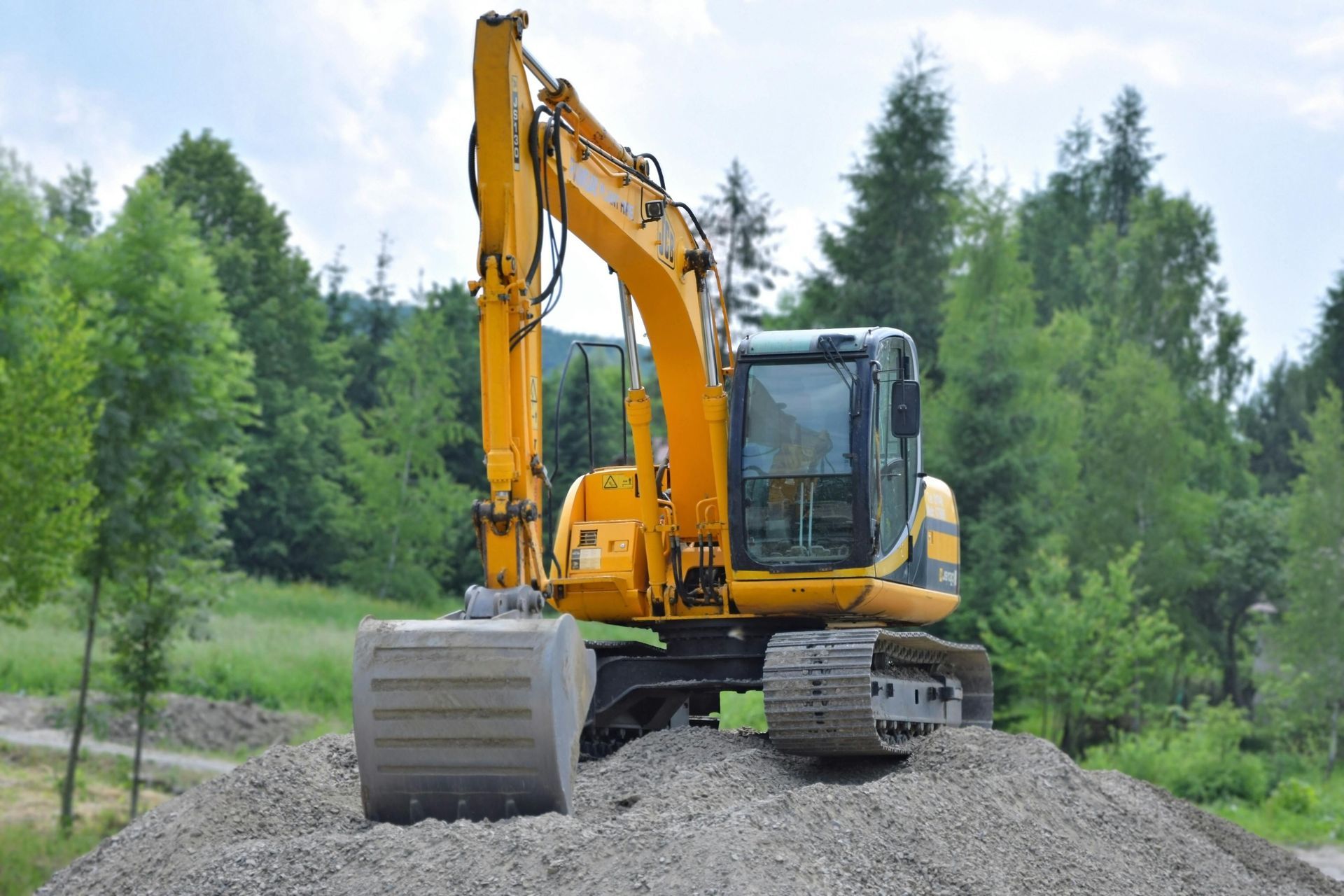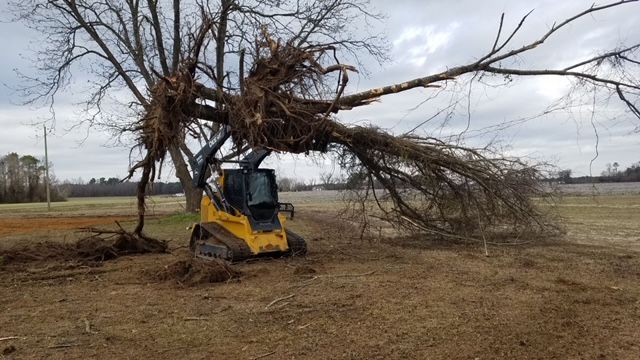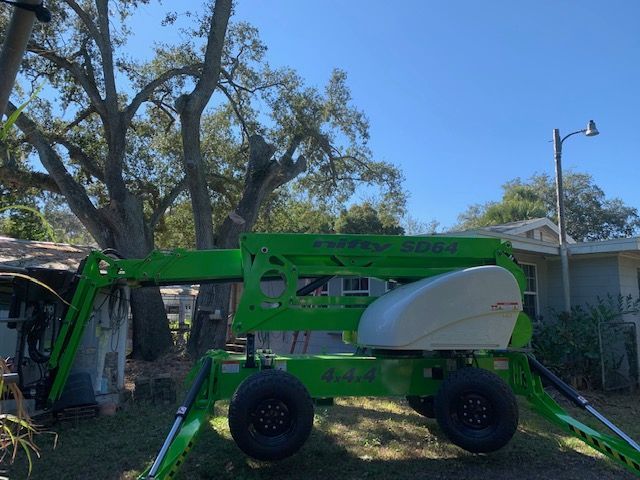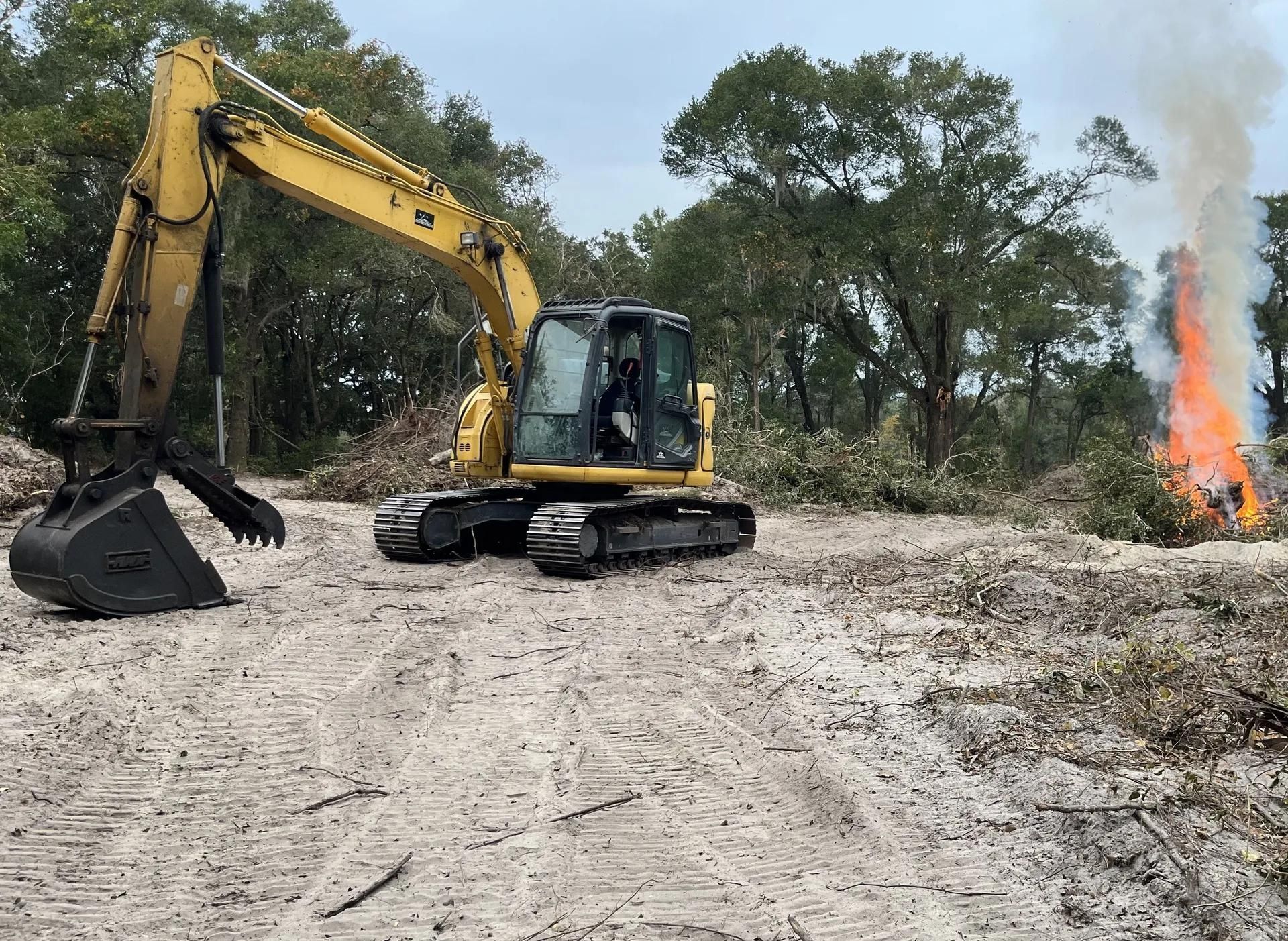The Real Cost of Land Clearing—Is It Worth It?
You might be getting ready to build, solve drainage issues, or make the land easier to use. But before you commit, it’s smart to understand what goes into the cost, what services are included, and when land clearing is actually worth it.
This guide breaks it all down so you can make the best call for your land and your budget.
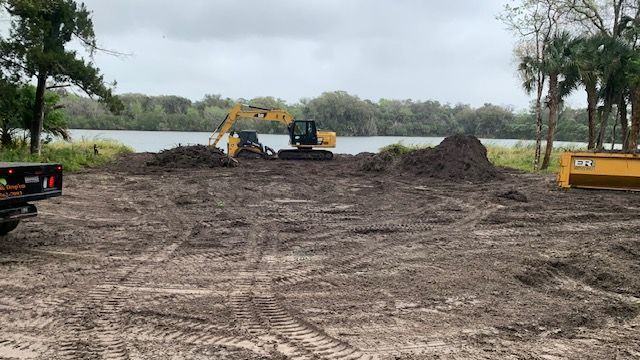
Why Do People Clear Land?
People clear land because they want to use it. It’s that simple. Here are the most common reasons:
They’re building something
You can’t build on land full of trees, brush, or stumps. It has to be cleared before putting in a house, shop, driveway, or anything else.
They want to farm
To plant crops or raise animals, the land needs to be open. Thick brush or fallen trees get in the way.
They’re worried about fire
In dry areas, dead plants and overgrowth can catch fire fast. Clearing it out helps keep homes and buildings safe.
They have drainage problems
When land is too crowded with plants, water can’t drain right. That leads to puddles, mud, or even flooding. Clearing helps fix that.
They want to use the space
Sometimes, it’s just about making the land easier to walk on, drive across, or set up a yard or garden.
A storm made a mess
After a bad storm, trees fall and debris piles up. Clearing gets the land back to normal.
They’re selling the land
Cleared land is easier to sell. It looks better, and buyers can see what they’re working with.
They’re installing something new
Solar panels, fencing, or access roads often require a cleared area first.
What Does Land Clearing Include?
Land clearing usually means doing more than just cutting trees.
Here’s what’s often part of the job:
- Tree and brush removal: Cut down trees, pull out brush, and clear thick weeds.
- Stump removal or grinding: Get rid of stumps either by pulling them out or grinding them below ground level.
- Debris hauling: Load and remove logs, roots, and leftover material.
- Rock and boulder removal: Dig up and take out large rocks that get in the way.
- Grading and leveling: Smooth the ground so it’s even and ready to use.
- Demolition: Tear down old fences, sheds, or concrete slabs if needed.
Every part adds to the time and cost. Some lots only need a few of these. Others need them all.
Not all contractors include every task in a basic quote. Always ask exactly what’s included before the job begins.
Average Cost of Land Clearing
The cost to clear land can vary a lot. It depends on how overgrown the land is, where it’s located, and what kind of work is needed.
Here's a look at the average cost per acre:
| Type of Clearing | Average Cost per Acre |
|---|---|
| Light brush only | $500 – $2,000 |
| Medium brush or small trees | $2,000 – $4,000 |
| Heavy woods with stumps | $4,000 – $7,000+ |
Other Common Costs
- Stump removal: $75 to $300 per stump
- Tree removal: $150 to $1,500 per tree (depending on size and location)
- Excavator rental: $200 to $500 per day
- Hauling debris: $150 to $500 per load
- Permits and environmental reports: $100 to $2,000, depending on your area
Prices go up if the land is steep, full of big trees, or hard to get to. You might also pay more if your land needs grading or if there’s a lot of stuff to haul away. Ask if the pricing includes cleanup, disposal, and final grading. Some quotes only cover tree cutting but leave out the finishing work.
Average Cost of Land Clearing
The price depends on what the land looks like. Here’s what makes it cost more or less:
1. Size of the land
More land costs more. But clearing a bigger area can sometimes cost less per acre.
2. What’s on the land
Grass is cheap to clear. Big trees, stumps, and thick brush cost more.
3. Land shape and slope
Flat land is easier. If it’s steep, bumpy, or uneven, it takes more work.
4. Getting to the land
If trucks and machines can’t get in easily, it costs more to bring them in.
5. Rules and permits
Some places need a permit to clear land. If the land is near water or protected trees, there may be extra steps.
Other things that add to the cost:
- Rocks or boulders
- Old fences, sheds, or concrete
- Muddy or soft ground that slows down the work
Each job is different. A quick look at the land can tell you a lot about the price.
Hidden Costs You Should Know About
Even if you get a quote, there are often extra costs.
Here are some you should know about:
- Permit fees: Some places charge you to clear land. It depends on the city or county.
- Soil testing: If you plan to build, the soil may need to be tested first.
- Erosion control: You might need to add straw or barriers to stop dirt from washing away.
- Utility checks: Before digging, someone has to check for pipes and cables underground.
- Dumping fees: Removing trees and brush usually means extra charges to haul it away.
- Re-seeding: After clearing, bare soil may need grass or mats to keep it in place.
Also ask about equipment remobilization fees. If the job is delayed due to weather or permit issues, you could be charged again to bring the machines back.
These costs aren’t always listed upfront. Always ask what’s included before the work starts.
Is It Cheaper to Do It Yourself?
Sometimes. If the land is small, flat, and only has light brush, you might save money by doing it on your own. Renting tools like chainsaws or brush cutters costs less than hiring a crew.
But there are risks:
- You could get hurt using sharp or heavy tools.
- You might hit a gas or water line without knowing it’s there.
- If something goes wrong, your insurance may not cover it.
- Most people don’t have the right equipment to remove stumps or haul debris.
For big or tricky jobs, it’s usually better to hire a pro. It costs more, but it’s safer and faster—and you know it’ll be done right.
When Is Land Clearing Worth the Cost?
Land clearing isn’t cheap, so it’s fair to ask if it’s really worth it. In some cases, the answer is yes.
Here’s when it makes sense:
- You’re getting ready to build – If you plan to put up a house, garage, or driveway soon, you need clear, level land first.
- The land will be worth more – A clean, open lot is easier to sell and can raise property value.
- There are drainage or fire issues – Thick brush can block water or become a fire risk. Clearing it can help fix both.
- Things are getting damaged – Tree roots, falling limbs, or overgrowth near your home or fence can cause trouble.
- You’re farming or expanding a pasture – If you need space for crops or animals, clearing land gives you the room to do it.
When Might It Not Be Worth It?
Clearing land sounds like a good idea, but sometimes, it’s not the right move.
Here’s when it might be better to wait:
- You don’t have a plan yet – If you’re not sure what you’ll do with the land, there’s no rush to clear it.
- It costs more than it’s worth – If the price to clear is higher than any value it adds, it might not make sense.
- There are strict rules in your area – Some places have strong environmental laws. You may need special permits or face fines.
- The land could wash out – Taking away trees and brush can lead to erosion or flooding, especially on hills or near water.
- You get benefits by leaving it alone – Some areas offer tax breaks or wildlife credits for keeping land wooded.
If any of this sounds like your situation, clearing the land might not be worth it right now.
How to Make Land Clearing More Affordable
Land clearing can cost a lot, but here are a few ways to make it cheaper:
- Get a few quotes: Ask different contractors. Prices are not all the same.
- Only clear what you need: Don’t clear the whole lot if you’re only using part of it.
- Keep the mulch: Some crews can grind trees and brush into mulch and leave it on-site. That’s cheaper than hauling it away.
- Combine jobs: If you need grading or drainage too, ask one contractor to do everything. It usually costs less.
- Look for local help: Some programs give money or discounts to landowners, especially for farms.
Ask about off-season discounts. Some contractors lower prices during slower winter months.
Frequently Asked Questions
How much does land clearing cost?
Land clearing usually costs between $1,200 and $6,000 per acre. The final price depends on how thick the brush is and how easy the land is to access.
What affects the price of land clearing?
Things like land size, how many trees are on it, the slope, and how easy it is to reach all make a difference. More trees and rough terrain usually mean a higher cost.
Do I need a permit to clear land?
Some places require a permit, especially if the land is near wetlands or protected areas. Permit costs vary by city or county.
Does land clearing include stump removal?
Sometimes it does, but not always. You’ll want to ask the contractor if stump grinding or removal is included in the price.
Can land clearing raise property value?
Yes, it can. A cleared lot is often more useful and looks better to buyers, which can help the land sell faster or for more money.
Should You Clear Your Land?
Land clearing can be a smart move if you are ready to use the land soon or need to fix a problem like poor drainage or fire risk. But if you are not sure how the land will be used or the cost is too high, it might be better to wait.
Every property is different. If you want help figuring it out,
Contact Us at
Top’em & Drop’em Tree Solutions and Land Management. We are happy to take a look and give you clear, honest advice.
